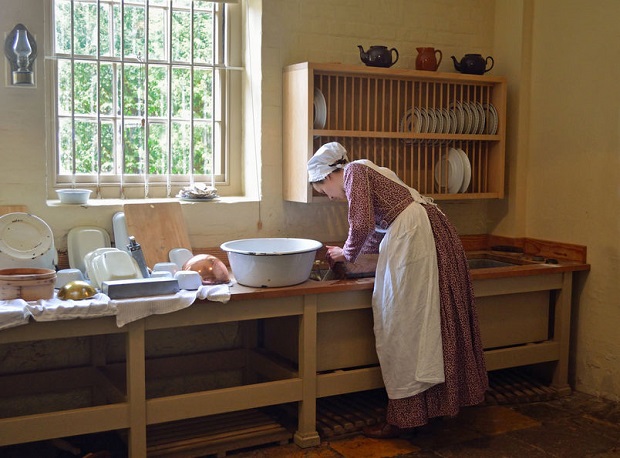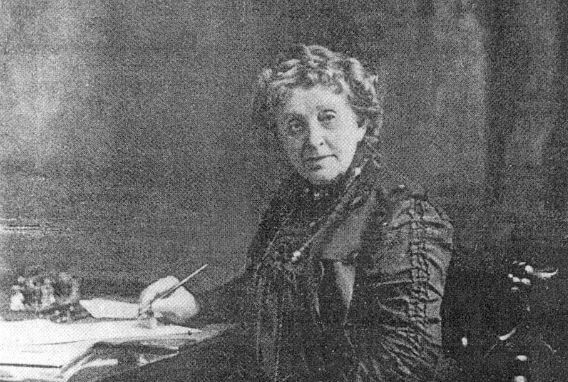
Though the slow progression of the history of dishwashers goes back much further, the first true automatic dishwasher was invented in 1893. Explore the fascinating progression of how the modern dishwasher evolved.
While the patent accorded to Joel Houghton for an 1850 innovation is technically the start point of dishwasher invention, the real antecedent to today’s near essential kitchen appliance came some four decades later. When Josephine Cochran unveiled her invention at the 1893 Chicago’s World Fair, it was truly the world’s first automatic dishwasher in the form of a wooden wheel lying on top of a copper boiler.
A Gateway to KitchenAid

Cochran’s contraption, which could be operated by hand or by an automatic pulley, was an immediate sensation. Restaurant and hotel owners quickly adopted it, which led to backing by some of Cochrane’s wealthy friends. Her company was eventually acquired by KitchenAid.
The next tier of dishwasher innovation took place in the late 1920s. In Europe, Miele launched the continent’s first top-loading, mass-produced electric model. This came on the heels of General Electric’s introduction of its original direct-drive unit. Corroborating the basic functional simplicity of dishwasher mechanics, the design principles of that original model are still in use at the company today.
Incremental GE Innovations
In 1936, General Electric added a front-loading, single rack dishwasher to its product line. Then came, in 1954, the MobileMaid, the first portable automatic dishwasher. Manufactured at a plant in Kentucky, it became available to consumers the same year as another GE staple launch: the washer-dryer combination machine.
In 1967, GE made improvements to the mechanics of its machine, streamlining the motor and water circulation pump for reduced energy consumption. As such, this model was a precursor to today’s standard Environmental Protection Agency (EPA) recommendations and certifications. Computer programming added further layers to machine performance. In 1984, GE dishwashers began remembering user performance. A decade later, in 1995, GE added sensors to determine how dirty a particular load of dishes might be.
GE added a much quieter model to its dishwasher line in 1999, followed in 2005 by another that could hold up to 45 ounces of detergent, to then be dispensed in varying load quantities depending on the hardness of the water and other factors.
Resources
“The Secret History of the Dishwasher.” The Independent. Web 19, Jan. 2020. http://www.independent.co.uk/life-style/gadgets-and-tech/features/the-secret-history-of-the-dishwasher-2119320.html
“Josephine Cochrane.” Lemelson – MIT. N.p., n.d., Web 19, Jan. 2020 https://lemelson.mit.edu/resources/josephine-cochrane
“History of Appliance Innovation.” General Electric. N.p., n.d. Web. 12, Dec. 2010. https://web.archive.org/web/20100213110658/http://www.geconsumerproducts.com/pressroom/our_company/history_appliances.htm
Related Products
Shop for built-in dishwashers, portable dishwashers, specialty dishwashers, parts and accessories, and more.






